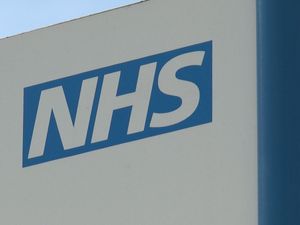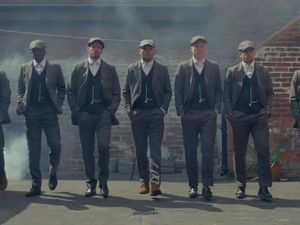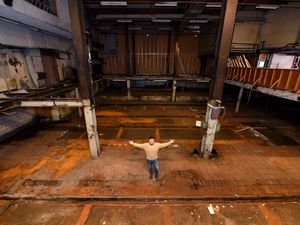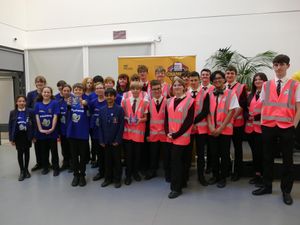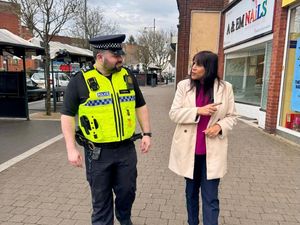Security at historic Wolverhampton church to be beefed up after attempted break-ins
An historic church in Wolverhampton has been given the go-ahead for a series of security improvements, following several attempted break-ins and groups of people loitering outside.
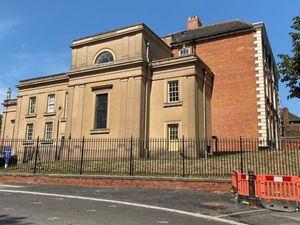
SS Peter & Paul Roman Catholic Church is to install new car park fencing and gates to restrict access to the general public and reserve the space for use by parishioners.
The city centre church and the adjoining Giffard House in North Street, adjacent to the Civic Halls, is also set to install a new emergency exit opening from its north transept.
Both buildings are Grade II* Listed, with the car park divided into two sections – one next to the church for parish use and the other for general public access. They are separated by a row of bollards.
Parish priest Monsignor Mark Crisp made the application in order to be able to leave the gate to the smaller parish car park open so people can visit for private prayer outside of service times.
Councillor Lynne Moran, whose ward the church falls within, said: “There have been several break-in attempts targeting the house rather than the church, which does cause a security concern for the residents. As well as the parish priest there are a number of students there.
“A new fence will now be installed in place of the bollards with a gate for occasional access. The initial boundary fence was installed by the previous priest to act as a deterrent to burglars. This is a security issue overall.”
In a statement submitted alongside the application, architect Stephen Oliver said: “The church car park is separated into two parts by a line of bollards, with parish use nearest the church and general public access beyond.
“Access across the car park is unrestricted at present which causes unwelcome groups of people to loiter on the church property at all hours and threatens the safety of the users of the church and Giffard House residents.”
Spaces in the public car park are also leased to local businesses as a way of helping sustain the church financially.
Giffard House is the earliest remaining post-Reformation public urban chapel for Catholics in the country, having been constructed between 1727 and 33.
The church itself was built between 1826 and 1828, with extensions being added in 1901 and 1928.

